Sie können sich von der zentralen Abmeldeseite jederzeit von jedem Blog-Feed oder von Marketing-E-Mails von Zuken abmelden.
Alle Beiträge in chronologischer Reihenfolge
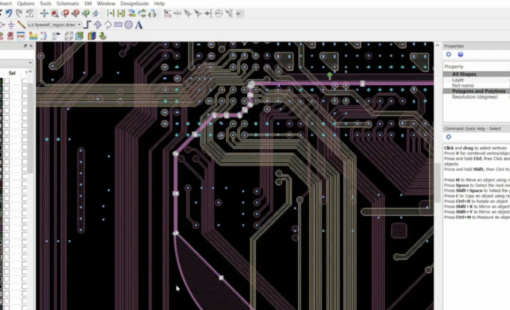
- Blog
This video illustrates how to import and export ABL file from CR-8000 Advanced PCB Design Software Design Force tool to Keysight Technology’s Advanced Design Systems (ADS) Momentum Tool.

- Blog
Panels are ubiquitous to any electrical design discussion. In most cases., panels hold together the nerve center of a system and vary widely in complexity. An electrical design solution needs to cater to a simple panel such as we find in our homes that may contain a few fuses and disconnects. That solution should also be able to handle complex panels like the ones used for switchgear, PLCs and the motor control centers that drive the world of automation all around us.

- Blog
To keep a good high-speed signal quality from driver to receiver on a PCB is not an easy task for designers. One of the most challenging issues is managing the propagation delay and relative time delay mismatches. Let me take you through the process...

- Blog
Time is money in the engineering world. Every step in the design process is under increased scrutiny to reduce cycle time while maintaining accuracy while projects grow more complex by the minute. The E3.series software suite offers a number of add-on tools that will increase productivity by facilitating or automating common processes and by offering more intuitive interfaces for design environments.

- Blog
What IC designers do to help us route high-speed PCBs

- Blog
E3.series software offers a number of add-on tools that will increase productivity while allowing collaboration between all engineering disciplines. Keep in mind that functionality will vary based on your own MCAD and PLM solutions and their versions. Let’s explore the add-on tools in E3.series and see what’s available.

- Blog
PCB designers typically have little or no experience with SPICE applications. No worries, follow along with me and get to know your SPICEs!
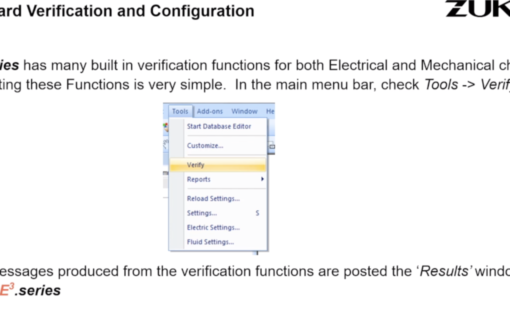
- Blog
In this tech-tip, we will cover the steps for creating custom verification scripts. This will ultimately create consistency in your verification process as well as saving you time as you can reuse this script from one design to the next.

- Blog
Derzeit gibt es eine Reihe von neuen Konzepten, mit denen die Produktentwicklung grundlegend verbessert werden kann. Eines dieser Konzepte, das besonders bei der Entwicklung von elektrischen und elektronischen Systemen vielversprechend ist, ist der Digitale Zwilling. Seit einiger Zeit wird darüber viel geredet, und vielfach herrscht auch erhebliche Verwirrung. Derzeit gibt es ein Reihe von unterschiedlichen Definitionen für den Digitalen Zwilling. In diesem Beitrag wollen wir zwei dieser Ansätze vorstellen.

- Blog
Back in a January post, I listed some of the top reasons to attend Zuken Innovation World Americas 2019. Now that the conference is over and we’re taking a closer look, I’m pleased to say that we didn’t miss a beat. Here are some of the highlights from the event along with first-hand participant feedback.
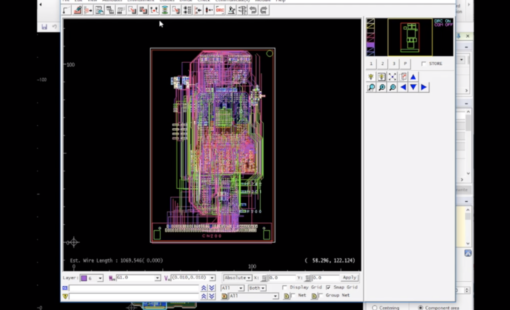
- Blog
If you migrated from CR-5000 Board Designer you might recall my ToolTip a few years back, specific to using the Parameter Resource file, in order to save and reuse settings you define within the tool such as route parameters or dimension parameters. The data resource file in the Design Force is the equivalent to that parameters resource file.
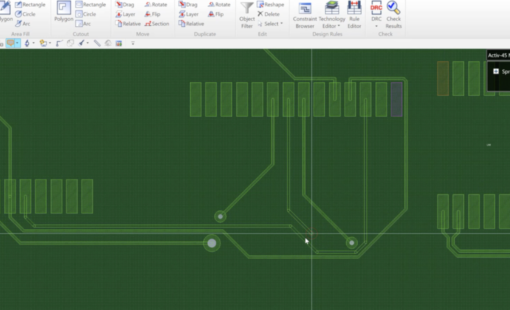
- Blog
A function that pushes tracks away and avoids obstacles when a via is moved has been added. This is a great advantage for the designer when routing. What use to take a lot of time to move traces and vias to move a via to a new location has been greatly enhanced using the “Activ-45 Router”.

- Blog
Do you know what a »Yogi-ism« is? Yogi-ism goes back to the name of the late Yogi Berra (1925 – 2015), an American professional baseball catcher, who was an 18-time All-Star and won 10 World Series championships – more than any other player in MLB history. After his career as a player, he turned to coaching, where he became famous for his “impromptu pithy comments, malapropisms, and seemingly unintentional witticisms, known as Yogi-isms”
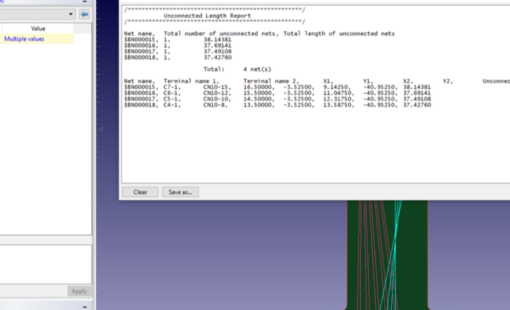
- Blog
In DF 2019 we have new feature call “Checking the Unconnected Length”. But this feature is not in the What’s New online help, since it is execute by simple macro syntax...

- Blog
Every day, more and more of our lives become connected with IoT technology. With billions of smart products already out there.

- Blog
Wussten Sie, dass der Ausdruck "Übersprechen" (engl. Crosstalk) aus der Zeit der Telefonzentralen stammt, in denen Mitarbeiter Anrufer miteinander verbunden haben, die manchmal ungewollt das Gespräch eines anderen hören konnten? Man sprach im wahrsten Sinne des Wortes über eine andere Leitung hinweg.
